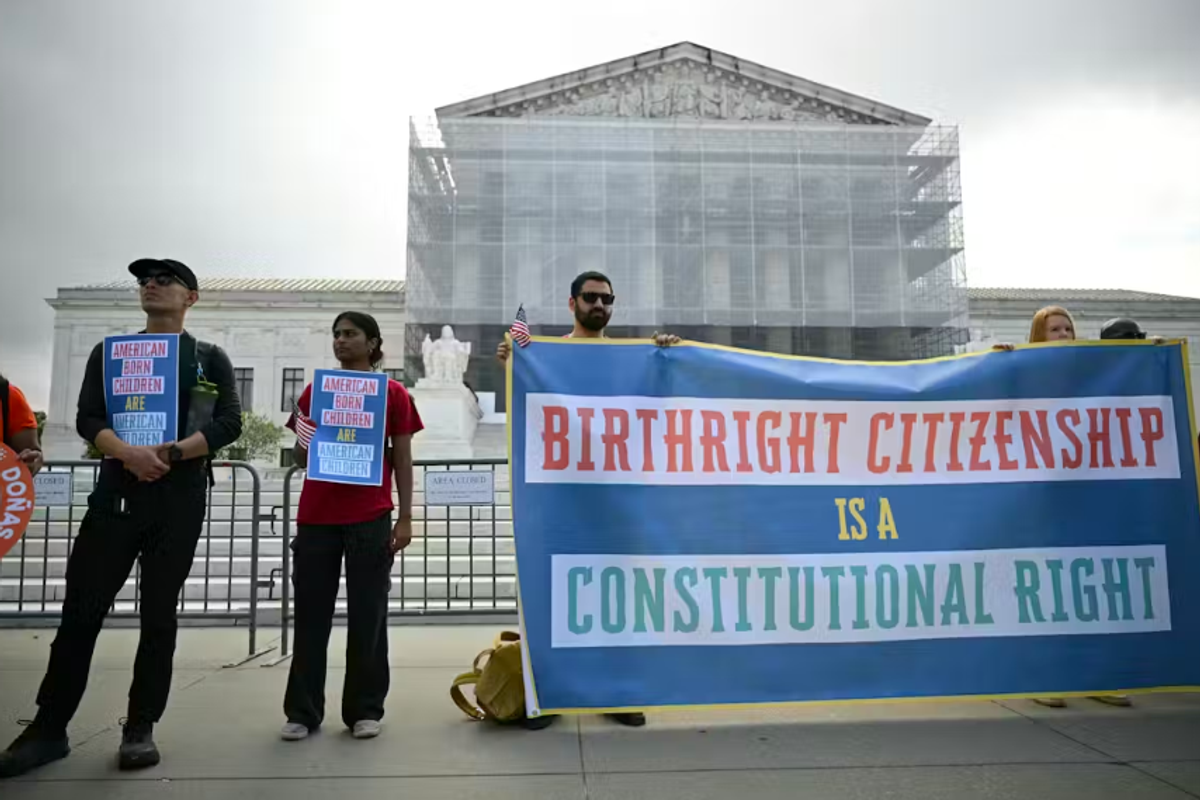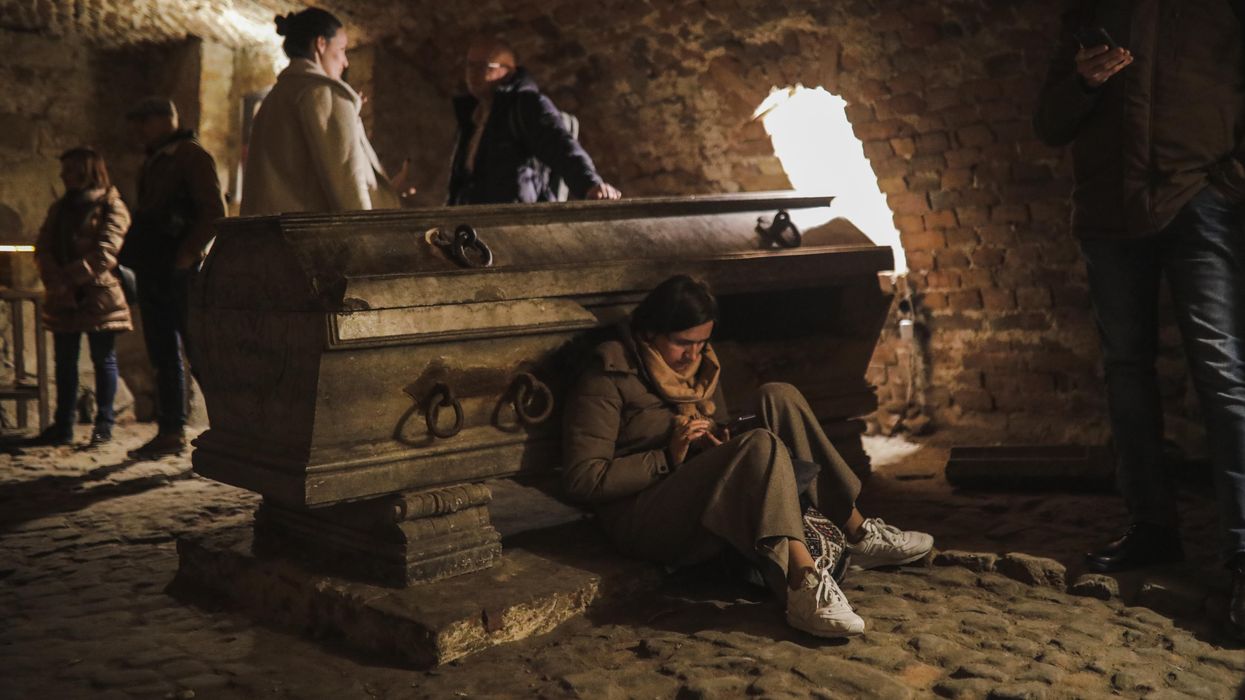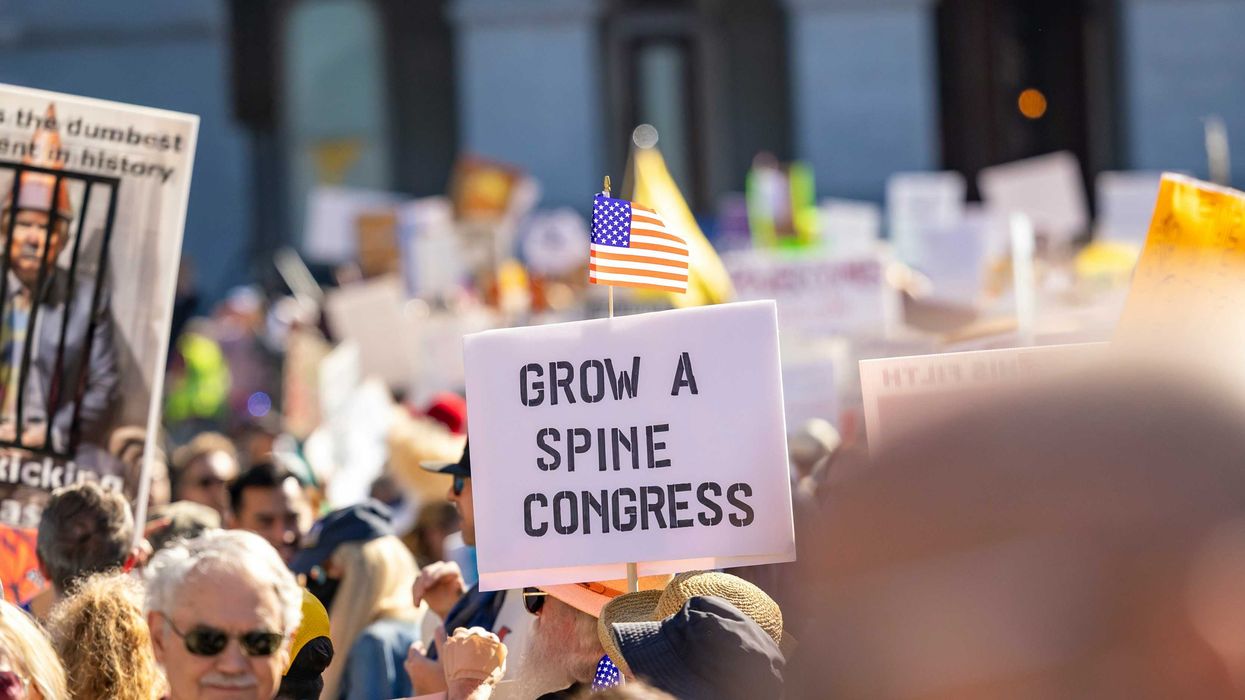Nevins is co-publisher of The Fulcrum and co-founder and board chairman of the Bridge Alliance Education Fund.
I hesitated before approving the headline above.
So often the Hitler analogy is used when a person does something that is particularly egregious in the mind of someone with a differing opinion. It has been so overused, particularly in this highly charged political environment, that one tends to dismiss it as rhetoric deployed solely for the purpose of achieving a political advantage.
Yet today, as one watches the horrific events in Ukraine, and witnesses Russia’s indiscriminate attacks on innocent civilians, including children, the comparison to Hitler is appropriate. The United States and our NATO allies must recognize who Putin is if they are to respond in a manner commensurate with the ungodly acts perpetrated by this evil man.
On April 20, Russia conducted a powerful anti-ballistic missile test with a warning from Putin to Western leaders that they better “Think twice.” He has also bragged about Russia’s nuclear arsenal repeatedly in the last month and has said the West would “face consequences greater than any you have faced in history” if we support Ukraine with military action.
Yes, the West needs to think twice, but perhaps in a manner opposite to what Putin demands. Rather than be intimidated by the threat of nuclear weapons, the West must make it clear to Putin that no level of threats will deter us from putting an end to Putin's malevolent war. This is sometimes called the paradox of brinkmanship.
Some warn that to engage in a tit-for-tat saber rattling puts the world at the brink of nuclear catastrophe. However, the United States has used “maximum brinkmanship” before, during the Cuban missile crisis and the Berlin crisis in 1959. The option exists for the United State and NATO to publicly state a change in its nuclear posture in response. Of course doing so carries great risks – but doing nothing carries great risks as well.
And this is the crux of the dilemma facing the United State and NATO. We are horrified by the inhumanity we are witnessing but we are afraid to overreact because it might result in a world war in which an evil man might do anything, including use nuclear weapons if his back is against the wall. And of course Putin knows this and thus his calculated “think twice” threat.
While there is no evidence that Putin has taken any specific action like placing non-strategic nuclear warheads on airplanes or ships or sending nuclear-armed submarines to sea, his words have already started the thought discussion in Congress of an appropriate response.
Republican Sen. Marco Rubio of Florida, recently stated that a nuclear attack could force NATO allies, including the United States, to invoke their collective defense under Article 5 of the alliance's charter and retaliate against Russia — especially if nuclear fallout drifts over the Ukrainian border and kills or sickens civilians living in Poland or other NATO countries.
“As you detonate a nuclear weapon inside of Ukraine depending on what it is they detonate, even in a demonstration, that would spread radioactive material that would cross borders potentially," said Rubio.
"If radioactive material blows across the Polish border, they would argue they’ve been attacked,” he added.
“Radiation kills people; it certainly creates long-term health problems," he continued. "So we’re dealing in uncharted territory at that point. The danger in this process always is that … someone will do something that they don’t consider crossing the line. But the people they’re aiming at do consider it to be crossing a certain line. And that’s how you find yourself in escalations.”
Democratic Sen. Tammy Duckworth of Illinois, a decorated Iraq War veteran who serves on the Armed Services Committee, agreed with Rubio: “If any of the fallout from that drifts over, I mean, that could be considered to be an attack" on NATO allies.
The speculation is rampant as to what Putin might do if he were to feel cornered, and it is that uncertainty that plays to Putin’s advantage.
For the first time since the Cuban missile threat of the 1960s, the possibility of nuclear war is something our leaders must address.
“I think it would take us into a place we have not been since Nagasaki, where an actual nuclear device was intentionally detonated as part of a military campaign, even if it wasn’t directed at specific targets,” Senate Armed Services Chairman Jack Reed recently stated. “So that’s crossing a huge red line. And I think the whole world would be not just shocked but convinced of the irresponsibility of Putin.”
Rubio has raised a question that we as a nation all must seriously contemplate:
“Their military doctrine that they’ve exercised anticipates that if they’re losing a conventional war against NATO, that they would detonate a nuclear weapon or even use one against NATO troops to sort of escalate and force everyone to the negotiating table,”
It is critical that our leaders continue to address these serious questions with the American citizenry. It is critical that we understand how to best deal with this existential threat to the world as we know it. In a world that now has nine nuclear states the old theory a mutual nuclear deterrence simply may not work, since with so many players there might not be an equal level of deterrence amongst the nine nations and different postures and responses might be needed.
While this writing has posed questions, few concrete answers have been provided. Yet as Albert Einstein once said:
“If I had an hour to solve a problem and my life depended on the solution, I would spend the first 55 minutes determining the proper question to ask … for once I know the proper question, I could solve the problem in less than five minutes.”
Surely the answer will take more than five minutes, and deep analysis is required. As Thomas Jefferson stated “reason and free inquiry are the only effectual agents against error.” The analysis and discussion must start now.






















 Despite signing a mortgage that pledged he would live in each house, Trump listed both homes as rentals. Palm Beach Daily News via Newspapers.com. Redactions by ProPublica.
Despite signing a mortgage that pledged he would live in each house, Trump listed both homes as rentals. Palm Beach Daily News via Newspapers.com. Redactions by ProPublica.
 In 1993, Trump signed a mortgage for a “Bermuda style” home in Palm Beach, pledging that it would be his principal residence. Just seven weeks later, he got another mortgage for a seven-bedroom, marble-floored neighboring property and attested that it too would be his principal residence. Obtained by ProPublica
In 1993, Trump signed a mortgage for a “Bermuda style” home in Palm Beach, pledging that it would be his principal residence. Just seven weeks later, he got another mortgage for a seven-bedroom, marble-floored neighboring property and attested that it too would be his principal residence. Obtained by ProPublica